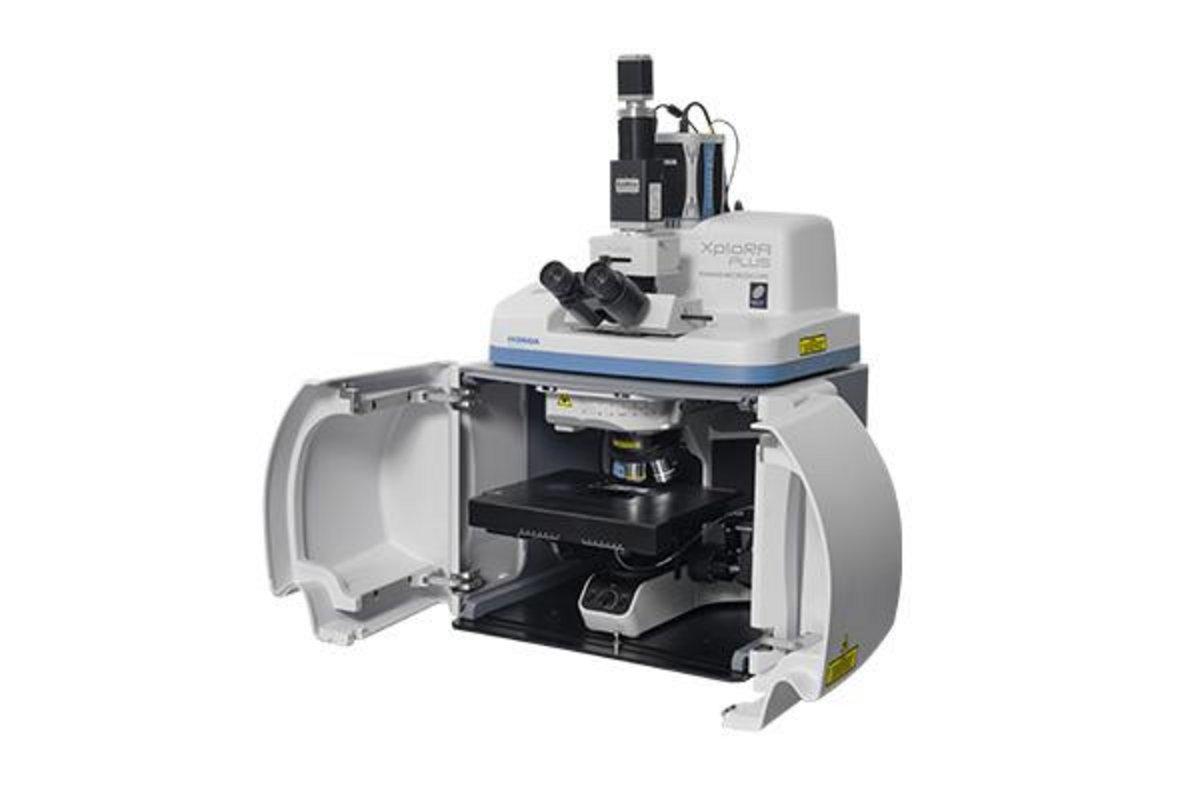

The creation of innovative cosmetic products, with demonstrated perceived effects, relies on deep scientific knowledge of biological matrices (skin, hair, teeth…), development of efficient and safe active ingredients, optimized formulations, and an instrumental evaluation of the performance. From particle size characterization of emulsions, pigments or fillers, through the molecular analysis of hair chemistry, surface functionalization with smart coatings or tribology analysis, to the assessment of formulation composition and stability, spreading on substrates or interaction with packaging, to contamination or nanotoxicity studies, to the ex-vivo or in-vivo objectivation of endogenous skin markers, topical actives penetration, and the impact of environmental factors (UV exposure, blue light, pollution) – HORIBA’s instruments can address most of those applications!
Evaluating the impact of skincare products on the skin is crucial for assessing their effectiveness, ensuring safety, and enabling targeted delivery. This evaluation requires a good understanding of skin structure, and contributes to the overall well-being of individuals. In addition to the skin, there is a need for a deeper understanding of the structural and compositional changes that occur in hair under different circumstances. Prior to the evaluation step, the properties of raw materials should be carefully characterized, and their formulation optimized to ensure that they meet the highest standards of safety and quality.
HORIBA’s instruments can help with all these aspects to improve the performance of your cosmetic products.
(Raman, Fluorescence)
(Raman, AFM, SPRi, Fluorescence)
(Raman, AFM, ICP, Fluorescence)
(Raman, AFM, ICP, PCA, XRF, Fluorescence)
(Raman, AFM, PCA, SPRi, XRF, Fluorescence)
The cosmetics industry requires intricate analytical solutions for evaluating product safety, efficacy, and quality, and to deliver reliable, compliant, and effective formulations.
Our advanced instruments are designed to furnish essential insights for making informed decisions about the quality and performance of cosmetic products. Tailored to meet the distinctive requirements of the cosmetics industry, our solutions cover a range of needs, from raw material selection and characterization to product formulation and development. Additionally, they offer valuable information on skin and hair knowledge, enhancing our understanding of their structures and specific needs.
LabRAM Soleil
Raman imaging faster than before to support your ingredient selection and skin & hair care formulation development to achieve desired effects and product performance.
Duetta
Fluorescence A-TEEM replaces your HPLC workflow for qualification of raw materials by a rapid optical fingerprinting control.
nanoGPS tag
nanoGPS navYX for direct and fast relocalization between different imaging modalities (Raman, μFTIR, SEM…), thus complementing nanoscale observation with chemical characterization.
SmartSPM
Atomic Force Microscopy (AFM) finally made easy for all, with the bonus of added chemical capabilities on the same spot, for your routine work at the nanoscale.
XGT-9000
Micro-XRF measures elemental quantities, even at the microscopic particle level, and identifies the presence of contaminants. Through mapping analysis, it details the distribution of elements in formulation spreadings.
Partica LA-960V2
Foundations, sunscreens, eye shadows or creams include particulates (pigments, exfoliants, mineral powders…) or appear in the form of emulsions. Their size distribution, as raw materials or formulated, is obtained with laser diffraction analyzers.
OpenPleX
SPRi studies can benefit cosmetics research by guiding the formulation optimization process, through the understanding of binding affinity, pharmacokinetics, and the dose-response relationship between an active molecule and its target, to finetune ingredient concentrations.
ULTIMA Expert
ICP-OES quantifies metallic traces (Ti, Fe, Zn, Al…) at low concentrations in raw materials, packaging or biological matrices like hair or nails, for performance and safety evaluation (Pb, Hg, Cd, Co…)
nanoPartica SZ-100V2
Dynamic Light Scattering (DLS) brings, in addition to particle size determination, the Zeta Potential to support the development of stable suspensions or emulsions, predicts interactions, and optimizes the formation of films and coatings.
Raman with EDF and HSI
Cytoviva modules (Enhanced Dark Field and Hyperspectral imaging) can be integrated onto a Raman imaging platform. This allows capturing very large area HSI and EDF images with high spatial and spectral resolution. Nanoparticles can be easily Raman detected on skin, hair or formulations.
In the final step of the formulation process, pharmaceutical and cosmetic industries have to control their products to check if the compounds' distribution in the final product, or in its application form, i.e. dispersed on a skin for an intracutaneous product, are homogenous and stable in order to guarantee the product's efficacy.
The safety and effectiveness of zinc oxide is size dependent. It is important to monitor the particle size of both active and inactive ingredients of sunscreen to maintain its intended efficacy and safety, while preventing the active ingredient from penetrating deep into the skin.
Masz pytania lub prośby? Skorzystaj z tego formularza, aby skontaktować się z naszymi specjalistami.














